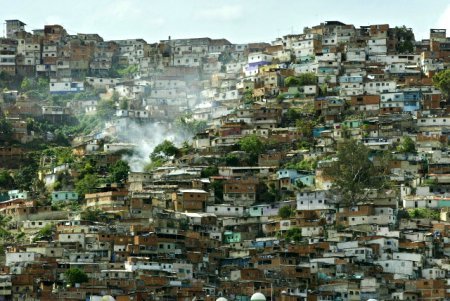NARCISSUS AND ECHO, THE HOUSE OF CADMUS
[339] Tiresias’ fame of prophecy was spread through all the cities of Aonia, for his unerring answers unto all who listened to his words. And first of those that harkened to his fateful prophecies, a lovely Nymph, named Liriope, came with her dear son, who then fifteen, might seem a man or boy—he who was born to her upon the green merge of Cephissus’ stream—that mighty River-God whom she declared the father of her boy. – she questioned him. Imploring him to tell her if her son, unequalled for his beauty, whom she called Narcissus, might attain a ripe old age. To which the blind seer answered in these words, “If he but fail to recognize himself, a long life he may have, beneath the sun,”—so, frivolous the prophet’s words appeared; and yet the event, the manner of his death, the strange delusion of his frenzied love, confirmed it. Three times five years so were passed. Another five-years, and the lad might seem a young man or a boy. And many a youth, and many a damsel sought to gain his love; but such his mood and spirit and his pride, none gained his favour.
[359] Once a noisy Nymph, (who never held her tongue when others spoke, who never spoke till others had begun) mocking Echo, spied him as he drove, in his delusive nets, some timid stags.—For Echo was a Nymph, in olden time,—and, more than vapid sound,—possessed a form: and she was then deprived the use of speech, except to babble and repeat the words, once spoken, over and over. Juno confused her silly tongue, because she often held that glorious goddess with her endless tales, till many a hapless Nymph, from Jove’s embrace, had made escape adown a mountain. But for this, the goddess might have caught them. Thus the glorious Juno, when she knew her guile; “Your tongue, so freely wagged at my expense, shall be of little use; your endless voice, much shorter than your tongue.” At once the Nymph was stricken as the goddess had decreed;—and, ever since, she only mocks the sounds of others’ voices, or, perchance, returns their final words.
[370] One day, when she observed Narcissus wandering in the pathless woods, she loved him and she followed him, with soft and stealthy tread.—The more she followed him the hotter did she burn, as when the flame flares upward from the sulphur on the torch. Oh, how she longed to make her passion known! To plead in soft entreaty! to implore his love! But now, till others have begun, a mute of Nature she must be. She cannot choose but wait the moment when his voice may give to her an answer. Presently the youth, by chance divided from his trusted friends, cries loudly, “Who is here?” and Echo, “Here!” Replies. Amazed, he casts his eyes around, and calls with louder voice, “Come here!” “Come here!” She calls the youth who calls.—He turns to see who calls him and, beholding naught exclaims, “Avoid me not!” “Avoid me not!” returns. He tries again, again, and is deceived by this alternate voice, and calls aloud; “Oh let us come together!” Continue reading





